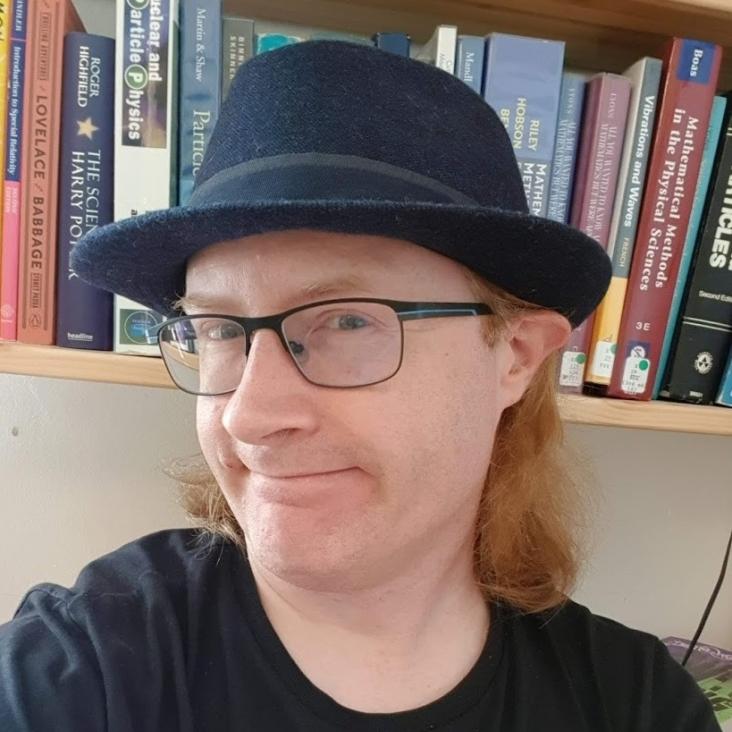SQUID magnetometry for the cryoEDM experiment - Tests at LSBB
Journal of Instrumentation 3:11 (2008)
Abstract:
High precision magnetometry is an essential requirement of the cryoEDM experiment at the Institut Laue-Langevin, Grenoble. We have developed a SQUID system for this purpose, however tests done in Oxford have been limited by the noisy electromagnetic environment inside our laboratory, therefore we have tested a smaller version of our prototype system in the very low noise environment at LSBB, Rustrel, France. We have studied the crosstalk between an array of parallel pick-up loops - where the field generated by a current in one loop is detected by the others. We monitored the magnetic field in the LSBB for over twelve hours; and after correcting these data for SQUID resets, and crosstalk, we compare it to the published values from nearby geomagnetic observatories. We have also measured the noise spectrum of our system and studied the effect that heating one of the pick-up loops into its conducting state has on the other, parallel loops. © 2008 IOP Publishing Ltd and SISSA.Oxide Scintillators to Search for Dark Matter and Double Beta Decay
Institute of Electrical and Electronics Engineers (IEEE) (2008) 3266-3271
The CRESST dark matter search
Journal of Physics: Conference Series IOP Publishing 120:4 (2008) 042020-042020
Measurement of the superconducting transition temperature of Dural and titanium 6Al-4V alloys
Superconductor Science and Technology 21:6 (2008)
Abstract:
We have measured the superconducting transition temperatures of commercial alloys Dural and titanium 6Al-4V, to assess their suitability for use in the cryoEDM neutron electric dipole moment experiment. Our sample of aluminium alloy Dural became a superconductor at 0.84 0.07K but the titanium alloy did not show any superconducting behaviour down to the experimental limit of 0.17 0.11K. © IOP Publishing Ltd.Results of the CRESST commissioning run 2007
Proceedings of the 4th Patras Workshop on Axions, WIMPs and WISPs, PATRAS 2008 (2008) 95-98


